Adventurous Indonesia
Indonesia is a country that offers myriad experiences.

As our Garuda Indonesia flight to Jakarta got closer to touchdown, my excitement for my first ever visit to Jakarta only soared. After our check in at the kitschy Yello Hotel, I strolled about the neighbourhood and stocked up on dragon fruit with delectable pink flesh and a variety of mushrooms. The rest of the day was spent just soaking in the Jakarta vibe. The next day as we drove to Fatahillah Square, we got to see Jakarta and its Dutch heritage. As we passed Dutch buildings and Chinatown, Kandi, our guide told us that Fatahillah Square got its name from the national hero Fatahillah.
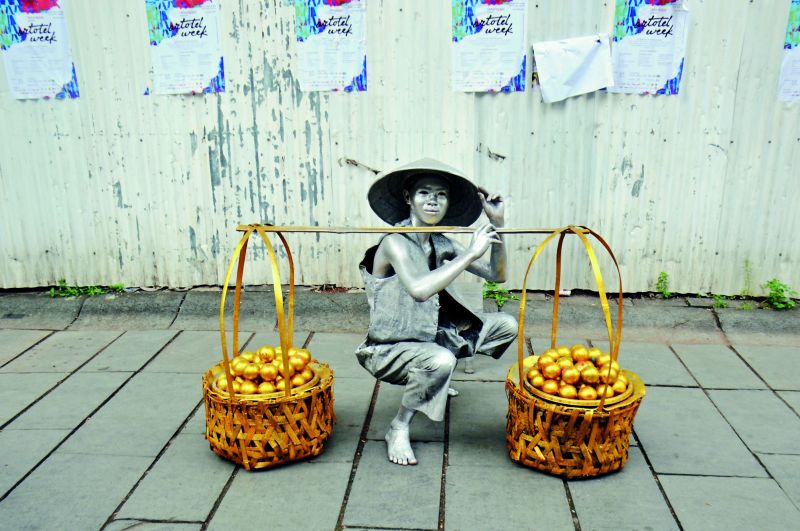
Home to Jakarta History Museum, Wayang Museum and Fine Art and Ceramics Museum, it takes a couple of hours to experience the vibrant energy here in this square. As I walked towards the square, street performers greeted tourists with exciting performances. A group of musicians played local songs as I took in the riot of colour and happy faces — a staple in Indonesia. You can rent a brightly coloured Dutch bicycle complete with hats and cycle around the square or take your pick viewing the charming street performances.
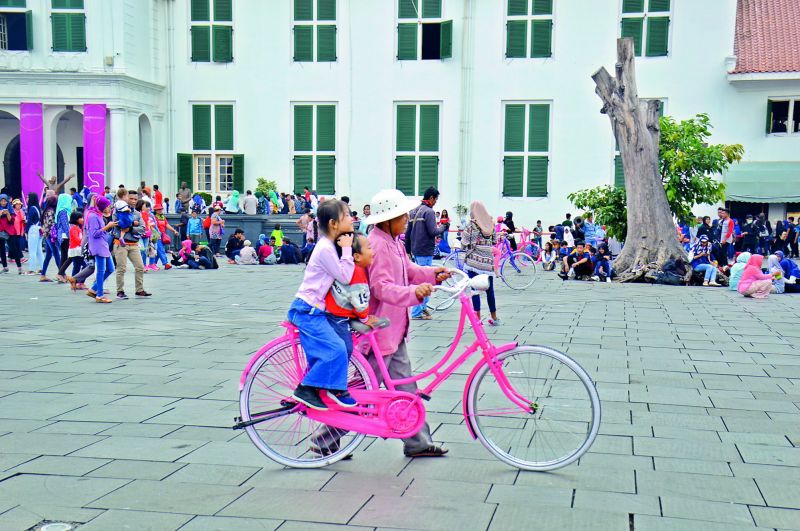
Post that, it was time to step into one of the museums. Choices ranged from the Jakarta History Museum, the Museum Wayang, which is the museum of puppetry and finally the Fine Arts and Ceramic Museum. The Puppet Museum has neo-renaissance architecture and the grave of the Batavia founder; Jan Pieterszoon Coen is also inside. The building, which now houses the Fine Arts and Ceramic Museum, was constructed in 1866-70 by the Dutch East Indies Government as the head office for the judicial counsel. The huge pillars are reminiscent of European courthouses. In 1990, it was converted to the museum.
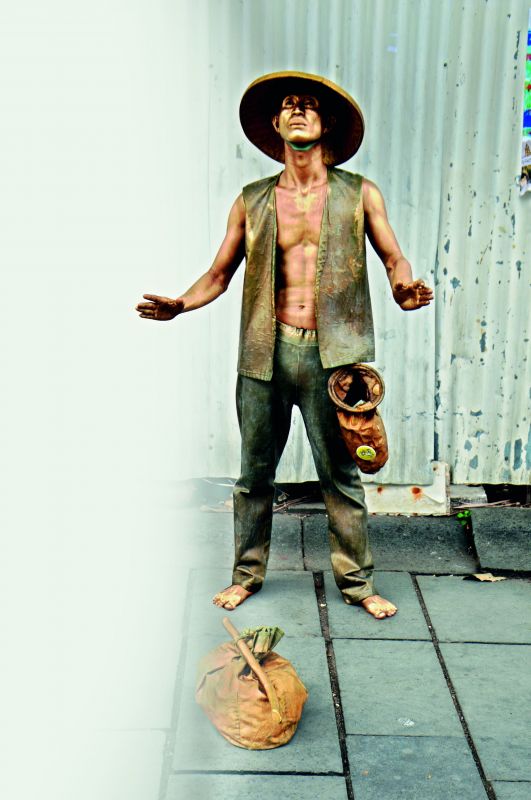
While strolling around, I chanced upon Sijagur or the cannon, which was made in Macao in order to strengthen the Malaka Portuguese fort. In 1641, it was seized and placed in the castle of Batavia as part of city defence. An inscription on this cannon translates into ‘I was created from my own self’. Famished with all the excitement, it was Café Batavia whose ideal location beckoned to grab a quick bite before the drive to the natural harbour. In the 15th and 16th century, Sunda Kelapa, which was the old port of Jakarta, was used for trading of spices between the Portuguese and Java. It is believed by the locals that the Hindu King of Java gave 1,000 baskets of spices to the Portuguese as a goodwill gesture of starting of trade between the two.
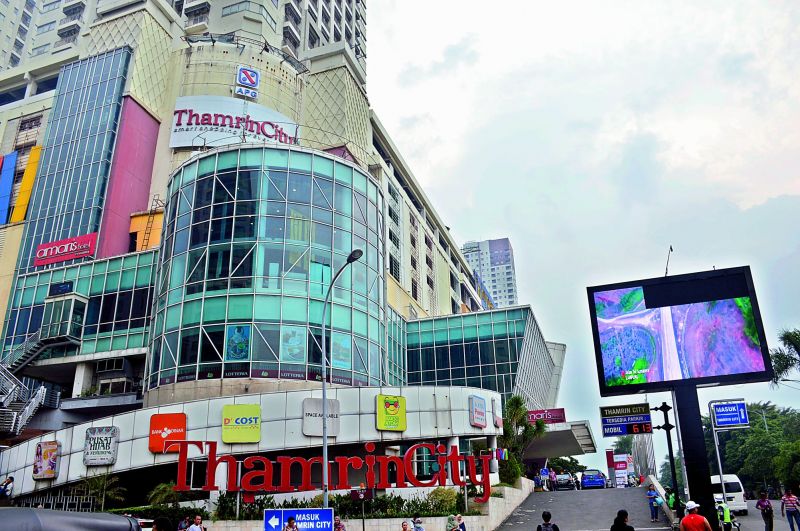 Thamrin city
Thamrin city
Knowing the importance of the harbour, the Portuguese wanted to have it all to themselves. It was then that Fatahillah, the Muslim commander foiled the Portuguese ambitions by reclaiming Sunda Kelapa and becoming a national hero. In commemoration of his victory, the town name was changed to Jayakarta, which translates as a town in victory. During the Dutch occupation of Jakarta, the name was changed to Batavia. Today, the port is used for inter island cargo transfer and the traditional ship used is made of wood and called pinisi. Don’t miss the National Monument, which stands for the Independence movement of Indonesia and was built by president Sukarno. It has taken its philosophy from Hinduism and represents the linga and yoni. The base of the monument symbolises yoni while the tower is linga symbolising the union of man and woman.
137 metres in height and made of Italian marble, its top has the flame of Independence which gleams tall as it is covered with 50 kgs of foil made of gold. The National History Museum located inside its base depicts the struggle for Independence of Indonesia and the patriotism of its people. The monument is located at Merdeka or Freedom Square in Central Jakarta, right next to Gambir Train station. If the parking for National Monument is full, one can park inside the train station. On the way to the square, you are bound to drive by the impressive statue of Arjuna, a depiction from the Mahabharata. About 300 million Indonesian rupiah were spent on the construction of the statue. Sightseeing was done but shopping still had to be ticked off my list. I recommend Thamrin City for shopping as it is where you can shop for traditional batik prints or head to hypermart for local snacks and groceries.
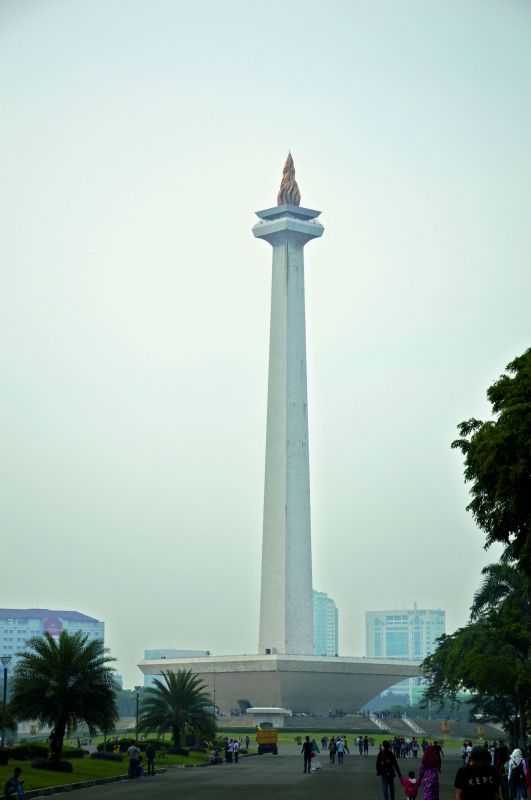
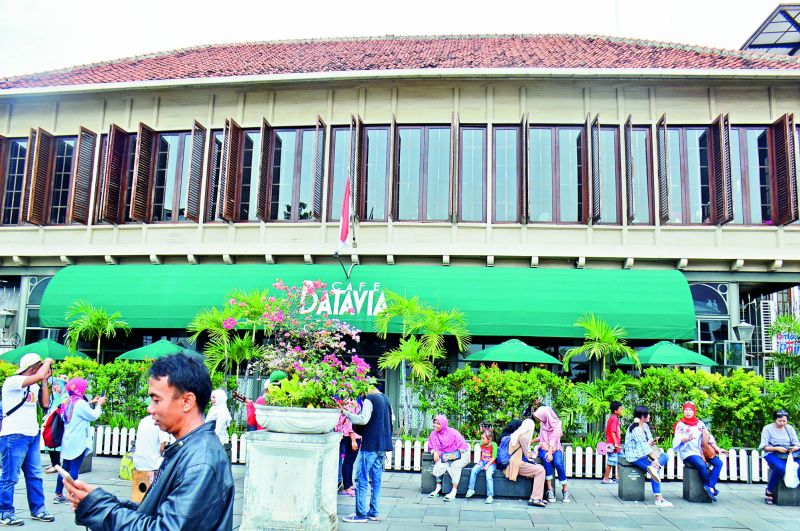 Cafe Batavia
Cafe Batavia
Thamrin City is a world within a world with its various levels selling anything you desire from clothes, accessories to perfumes and food. You can bargain here and they have an ATM and money changer on the premises. There was just one more wish I had and my rumbling tummy was a clear indication it was time for it to be fulfilled. Wishing to try Indonesian cuisine, I headed to Santika Premiere Slipi which had a sumptuous spread for dinner. Sambal the spicy sauce can be relished with your meal. Made with chilies, other ingredients vary from tomato, onion and sweet soya. Heads up — Sambal is not for the faint hearted and packs a fiery punch. Jagung Rebus is boiled corn on cob while Ubi Rebus is boiled sweet potato. Tempe Goreng is made from tofu and Tempe Orek is fried bean cake with soya bean. The food was delicious and for dessert there was jelly served in a bowl of sweet watery milk.
Khursheed Dinshaw is a Pune-based travel and lifestyle writer and blogger who writes about travel, heritage, food and culture.
